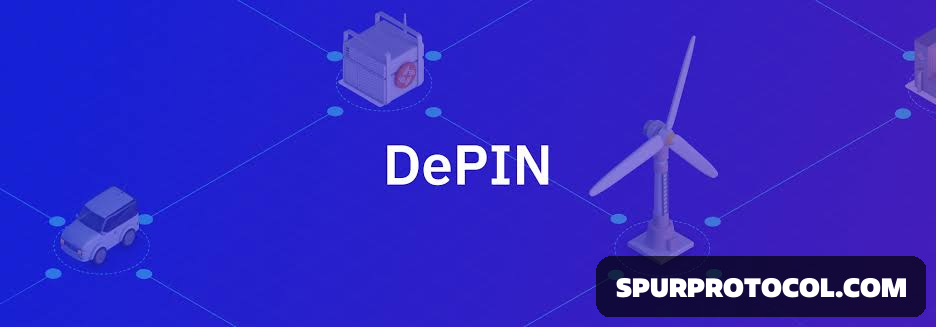What You Should Know About DePin
Explore the emerging concept of DePIN (Decentralized Physical Infrastructure Network) and its potential to disrupt traditional infrastructure. Learn how blockchain technology is transforming industries like data storage, transportation, and telecommunications through decentralized, community-driven networks.
Go Back

🕒 4:51 PM
📅 May 22, 2025
✍️ By Lilethangeorge
Introduction to DePIN
DePIN stands for Decentralized Physical Infrastructure Network. It refers to blockchain-powered networks that decentralize control and ownership of real-world infrastructure. Traditionally, infrastructure like electrical grids or data networks are controlled by centralized entities. DePIN aims to change that by allowing individuals to contribute and control infrastructure collectively.
How DePIN Works
DePIN projects create peer-to-peer (P2P) networks where individuals can offer physical resources (like data storage or connectivity) in exchange for rewards. Users not only contribute but also help manage the network, making decisions collectively through decentralized protocols.
DePIN vs. Traditional Infrastructure
In the traditional model, infrastructure is centrally owned and operated. In DePIN, infrastructure is community-owned and managed using blockchain technology. This makes the system more transparent, reduces single points of failure, and rewards participants with cryptocurrency for their contributions.
DePIN Use Cases
DePIN has many use cases across industries:
Data storage: Filecoin is a decentralized storage network where users store data and earn FIL tokens as rewards.
Telecommunications: Helium builds a decentralized wireless network using individual contributors.
Mobility: Soarchain creates a decentralized data network for vehicles, improving safety and efficiency through shared connectivity.
DePIN in AI
DePIN is also showing potential in helping Artificial Intelligence (AI) scale by providing decentralized computational resources like GPUs and CPUs. DePIN’s community-driven approach could help solve the current shortage of computing power in AI, offering a more agile infrastructure for AI development.
Funding and Growth of DePIN
DePIN projects are attracting funding from investors. For example, Blockless raised $8 million for decentralized computing, and WeatherXM secured $7.7 million to develop hyper-local weather forecasts using data from DePIN infrastructure.
Challenges Facing DePIN
While DePIN is promising, it faces challenges:
Interoperability: Ensuring different devices and systems can work together.
Scalability: Growing the network efficiently while maintaining security.
Verification: Verifying that participants and their hardware are legitimate and tamper-proof.
The Future of DePIN
DePIN has the potential to revolutionize infrastructure management, much like railroads transformed transportation in the past. However, it will need continued innovation to address challenges and achieve widespread adoption.
